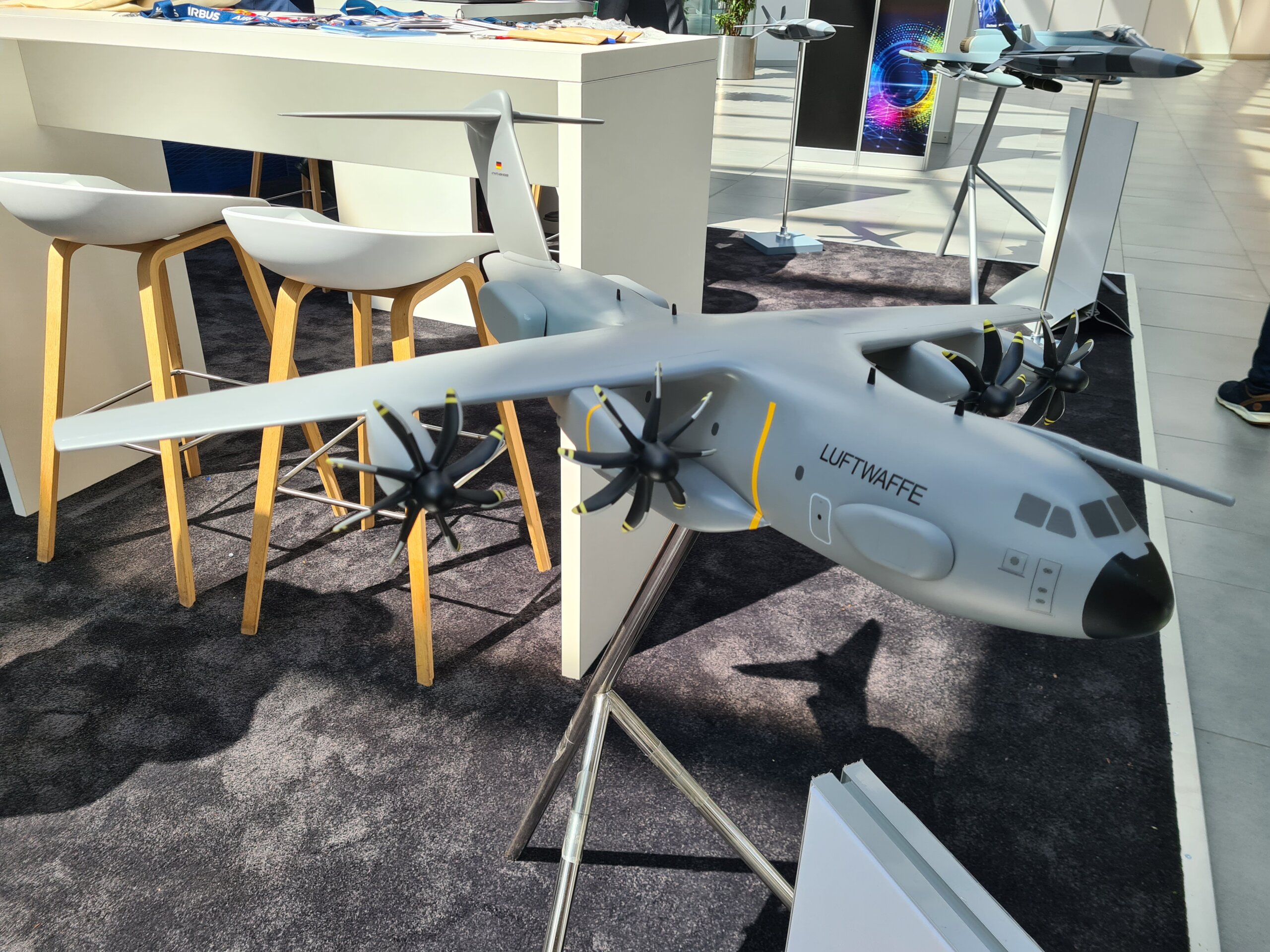
NATO’s Suppression/Destruction of Enemy Air Defence capabilities takes an important step forward via the LUWES initiative.
The Luftwaffe (German Air Force) is moving ahead with its LUWES (Luftgestützte Wirkung im Elektromagnetischen Spektrum/Airborne Effects in the Electromagnetic Spectrum) Suppression/Destruction of Enemy Air Defence (S/DEAD) Concept of Operations (CONOPS). Officials close to the project told Armada studies on the LUWES concept commenced around five years ago. LUWES is a system-of-systems with. This includes stand-off jamming and escort electronic attack aircraft, Uninhabited Aerial Vehicles (UAVs) and stand-in jammers. These assets will be supported by new mission planning, battle management, mission data, and command and control systems. The goal is to provide an overarching S/DEAD capability to serve the Luftwaffe. The force provides the European element of the North Atlantic Treaty Organisation’s (NATO’s) S/DEAD capabilities.
The officials were speaking during the 2023 Association of Old Crows’ Electronic Warfare Europe exhibition and conference held in the western German city of Bonn between 15th and 17th May. A group of eight companies; Airbus, bKEC, Hensoldt, IBM, MBDA, PLATH, Rohde & Schwarz and Schönhofer are developing the LUWES concept. This grouping pools together several different work strands germane to the Luftwaffe’s S/DEAD posture pursued by these companies, the official continued.
NATO and S/DEAD
The German Ministry of Defence (MOD) has a formal requirement for a S/DEAD architecture comprising the elements discussed above. LUWES represents industry’s response. Officials added that they soon expect to make recommendations to the MOD on potential implementation strategies for the LUWES architecture.
The Luftwaffe has been the lynchpin of NATO’s European S/DEAD posture since the early 1980s when the Panavia Tornado-ECR electronic warfare and S/DEAD jet entered service. The Tornado-ECR will retire by the end of this decade to be replaced by the Eurofighter Typhoon-EW. Like the Tornado-ECR, the Typhoon-EW is a dedicated EW and S/DEAD platform.
LUWES goes much further than a single platform reflecting the inherent complexity of today’s Integrated Air Defence Systems (IADS) which NATO S/DEAD assets may need to fight: “You will need more than one jammer, you will need more than one platform,” one official told Armada. “You must be collaborative and sychronised. You need deep integration and a consistent flow of mission data throughout the system.”
The LUWES architecture will be knitted together using standard NATO Link-11 and Link-16 Tactical Datalinks (TDLs). Also vital will be NATO’s Cooperative Electronic Support Measures (CESMO) TDL designed specifically to handle EW relevant information. CESMO is studied in more detail in this article.
LUWES CONOPs
CONOPs for LUWES have been refined through simulation and hardware exercises mounted by the companies above. One test last November involved a S/DEAD effort waged against an IADS protecting a country where NATO nations were tasked with evacuating foreign nationals. The international community’s recent evacuation of foreign nationals from Sudan highlight the IADS threat during such undertakings. Fortunately, no aircraft involved in the evacuation were lost through deliberate or accidental actions.
Platforms
The LUWES architecture is scalable to the operation at hand. Tactical emitter targets of opportunity could be engaged by platforms and effectors during the enforcement of a No-Fly Zone for example. Likewise, the architecture could support a prolonged operational/strategic level air campaign against a near-peer adversary. Stand-off radar and communications jamming will be performed by a suitably-equipped large aircraft. The eight companies are suggesting converted A400Ms as potential platforms. This aircraft would be configured as a stand-off jammer also capable of attacking emitters with cyber effects. It would fly outside the engagement envelope of the radar and kinetic ground-based air defences equipping an IADS.
A second echelon would be deployed closer to the threat and focus on an escort jamming capability provided by the Typhoon-EW, and their soft and hard kill capabilities. The latter includes Northrop Grumman AGM-88E Advanced Anti-Radiation Guided Missiles and electronic jamming pods. Finally, stand-in jammers will be deployed in the so-called No Escape Zone. This is where the lethal engagement zones of the enemy’s ground-based air defences are their most dangerous. MBDA’s SPEAR-EW (Selected Precision Effects at Range – Electronic Warfare) air-launched decoy is one potential solution to this part of the requirement. Beyond these assets, the LUWES elements will receive mission data across the communications links above from the Luftwaffe’s forthcoming Bombardier G-6500 Pegasus signals intelligence aircraft. Three of these will enter service between 2029 and 2032, the conference was told. Officials stressed that other relevant conduits such as Satellite Communications (SATCOM) will also be harnessed as and when needed.
Into Service
LUWES will gather momentum with the introduction of the Typhoon-EW from circa 2030. Ten jets are being pledged by Germany to support its NATO SEAD commitments. Up to ten stand-off jamming aircraft may also be procured towards the end of this decade or in the early 2030s. An escort jammer will be integrated onboard the Typhoon-EW, the type of which has yet to be decided. Similarly, there is the possibility that the SEAD force will incorporate UAVs acting as wingmen to provide additional EW escort and stand-in support.
The ambitious project is an important shot in the arm for NATO’s European SEAD capabilities. Near-peer rivals like Russia continue to field advanced air defence systems. These include capabilities like the S-400 (NATO reporting name SA-21 Growler) high-altitude, long-range SAM system. Readers can learn more about Russia’s strategic IDS in Armada’s ongoing Russian IADS Redux series. The LUWES architecture will be vital for clearing a path through such defences in any future conflict. Likewise, as last November’s simulation shows, the architecture is scalable and relevant for small-scale air operations. Russia’s strategic machinations show that contested air environments now characterise the continent’s security environment. LUWES is an important part of NATO’s riposte.

by Dr. Thomas Withington












